
|
|
|
|
|
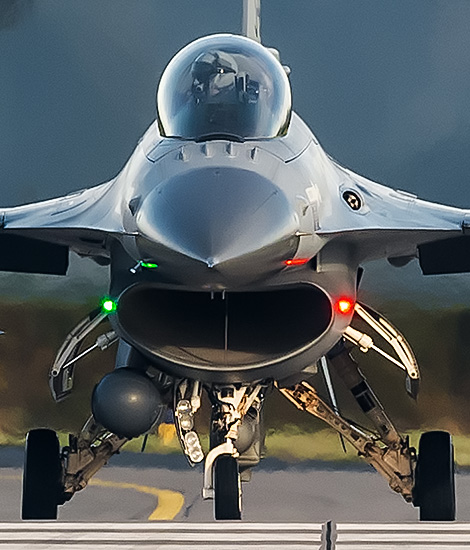
|
International Exercise Cold Igloo; Volkel October 17 & 18, 2016
A Large Scale X-Service Exercise; Text and Photograph's by Alex van Noye
Handling visiting military aircraft at the airfields in Europe is a specialty which must be trained properly. At Volkel in the Netherlands and at Kleine-Brogel in Belgium was therefore the exercise Cold Igloo organized to train ground personnel in the extended handling of different types of aircraft and helicopters of the partners.
The Exercise Cold Igloo took place in the week of October 17, until October 28, 2016 on the Dutch airbase Volkel and the Belgian airbase Kleine Brogel. The main objective of this exercise was an international collaboration between the various NATO member states. The exercise Cold Igloo is a large-scale version of the exercise Ample Train which took place in the past at Volkel Air Base. Training with international partners provides a lot of training values for both pilots and ground staff of the Royal Netherlands Air Force and the Belgian Air Force. Joint training is therefore of great value and is an important part of the training. The fighter pilots are optimally trained and prepared to carry out missions abroad in an international context. There realistic war situations are simulated to instruct the participants in which they can experience the stress which is applicable in a war scenario. One of the most important aspects of the exercise is the training of the cross service personnel. The air forces from the different countries need to be able to handle each other's aircraft on the ground; this ensures that aircraft can be deployed much more efficiently in Europe and the United States. The training ensures that not all deployments or flights abroad need to be supported by the ground staff of the deployed country. This makes an air force much more flexible and moreover it is also much cheaper for a country. The main purpose which is achieved with this is the fact that aircraft can be deployed quickly all over the world. This is because countries are actively sharing knowledge about the aircraft.
The cross service is a section of the military airbase which is responsible for handling foreign and visiting aircraft at the airbase. During the exercise Cold Igloo the staff of the organizing airbase is extensively trained in handling aircraft which are not every day present on their own platform. The crew is trained with multiple types of aircraft from both American and European origin which all have their own procedures. There are often significant differences between types of aircraft which need to be handled in
|
|
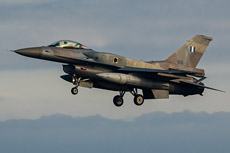
|
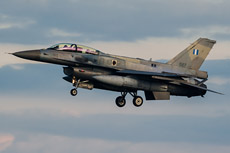
|
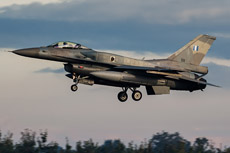
|
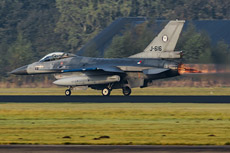
|
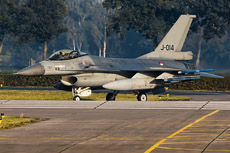
|
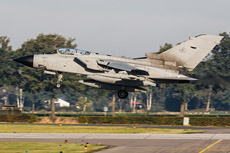
|
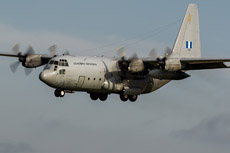
|
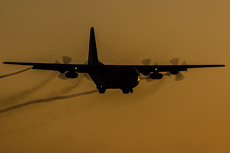
|
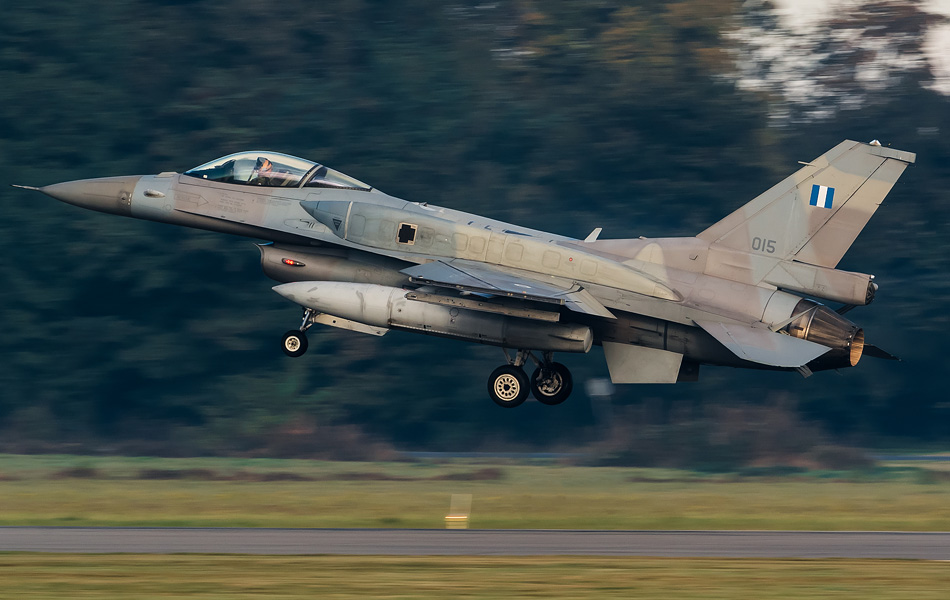
|
a certain way. For example, a tornado cannot be compared with an F-16. It is therefore important that the staff of the air force is well trained to handle aircraft from the partner countries. During the cross services training of all aspects of the handling of these different types of aircraft are covered. One of the aspects which will be discussed is the refueling and handling of an aircraft after its mission. The check of the aircraft and its armament before a flight are important elements of this training as well. There are strict procedures which need to be followed and these are trained intensively. Safety when working with weapons is very important. Also the handling of different tools for checking a plane is trained. After participating in the exercise Cold Igloo the staff of the cross service is again qualified to deal with the prepared aircraft types.
From Monday October 17, until Friday October 28, fighters of the Italian, American and Greek Air Force will operate from Volkel Air Base to fly training missions together with the Dutch F-16s. At the Belgian airbase Kleine Brogel, the Belgians would take part in cooperation with the Poles and the Germans. The American participation at Volkel consisted of four F-15E Strike Eagle fighter aircraft from the 48th Fighter Wing of the USAFE which is stationed at the English airbase RAF Lakenheath. These aircraft already arrived on Friday, October 14. All other participants arrived on Monday, October 17. The Italian Air Force (AMI) would participate in Volkel with four Tornado IDS fighter bombers. The Tornado's which were taking part were derived from the 6° Stormo which is based on the Italian Ghedi. The third foreign participant at Volkel was the Hellenic Air Force. The Greeks took part in Cold Igloo with three F-16C/Ds of the Mira 335 which is based at Araxos. The unit is there assigned to the 116 PM. The Dutch participation consisted of six F-16s from Volkel Air Base. The Greeks and the Italians were both supported by a C-130 Hercules which was used to fly in the personnel and materials. At Kleine-Brogel the Belgian Air Force took part with four F-16s. The Poles were participating from Kleine-Brogel during Cold Igloo with as many as six F-16C/Ds from the Polish airbase Poznan. The German participation consisted of three Tornado IDS fighter-bombers from the German airbase Büchel.
The fighters of the various NATO member states which visited the two airfields were opponents during the tactical missions which were flown. The aircraft which were stationed at Volkel would compete as blue air against the aircraft stationed at Kleine-Brogel which were participating as red air. It was intended that fighters would protect the bombers during their attacks into enemy territory. The enemy planes will try to prevent this. In their turn they will also try to attack their targets of their enemies. During the exercise, which lasted for two weeks, there was not flown on all days. The cross service portion of the exercise would take place on the ground where the aircraft were deployed on the platform with simulated situations. During the first week, three missions were flown; these missions took place on October 18, between 0700 and 1030 UTC, on October 19, between 1200 and 1530 UTC and on October 21, between 0700 and 1030 UTC. Also during the second week of exercise Cold Igloo, three missions were flown. The missions took place on October 24, from 1200 until 1530 UTC, on October 26, from 0700 until 1100 UTC and on October 27, from 0700 until 1100 UTC. For the exercise, there was a corridor reserved for runs from southern Belgium and northern France around Charleroi until the Rhine near Heidelberg in Germany. In this area the aircraft may operate freely between the altitudes of 12,000 feet until 15,000 feet. In the corridor, the aircraft could perform simulated attacks on ground targets. Also over the North Sea along the German and Danish coast a practice area was defined where dogfights were practiced.
|
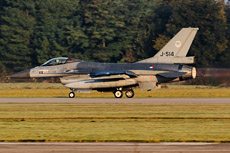
|
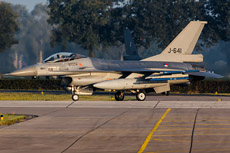
|
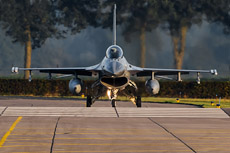
|
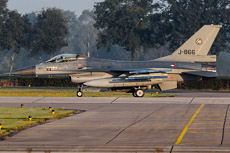
|
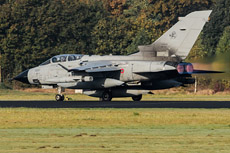
|
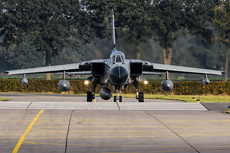
|
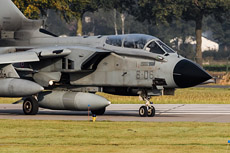
|
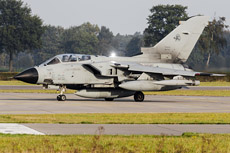
|
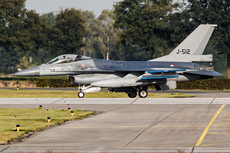
|
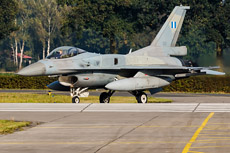
|
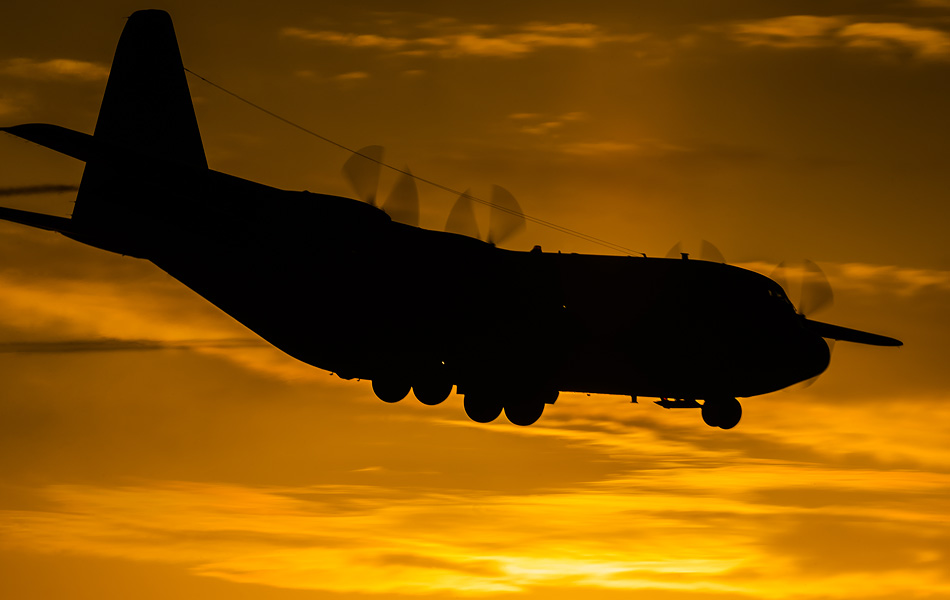
|
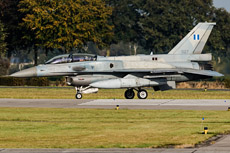
|
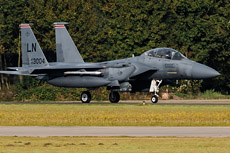
|
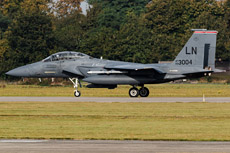
|
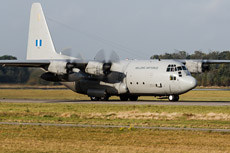
|
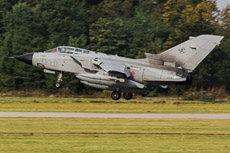
|
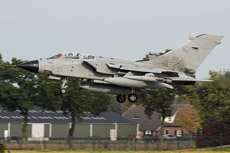
|
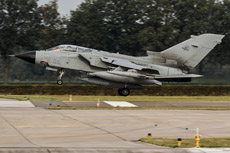
|
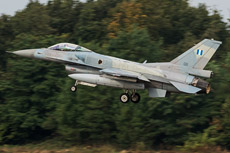
|
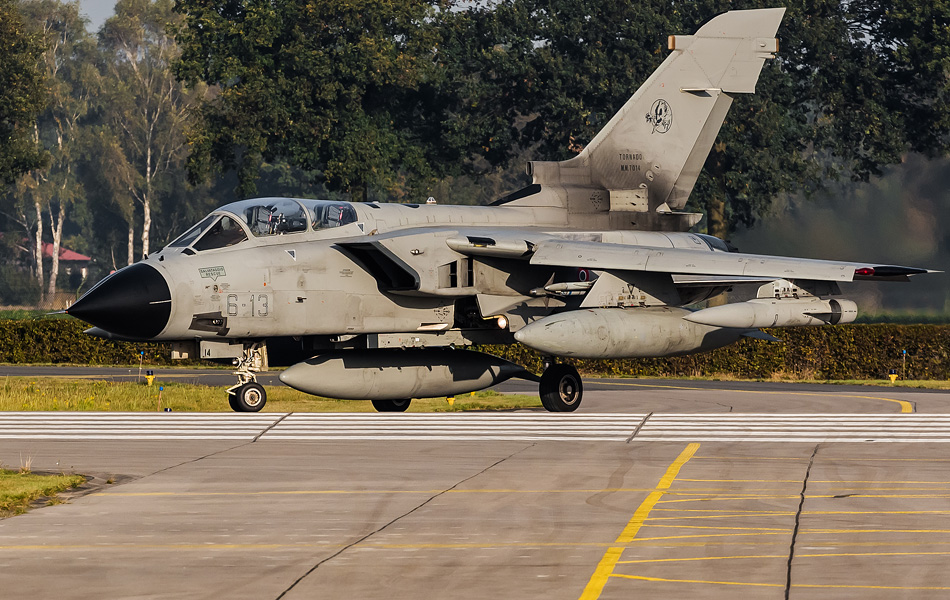
|
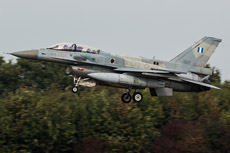
|
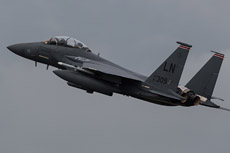
|
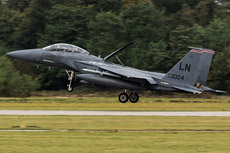
|
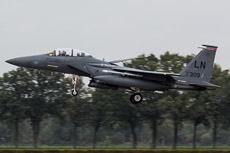
|
|
|

|







